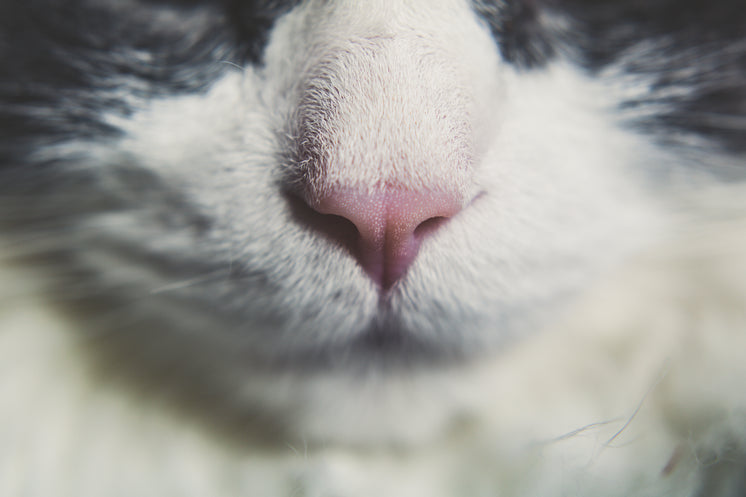The Cultural Significance of Cat Litter in Family Pet Ownership
The Cultural Significance of Cat Litter in Family Pet Ownership
Blog Article

Cat litter and litter boxes play a critical function in the lives of both felines and their owners. From the humble beginnings of sand and soil to the innovative developments these days, the world of cat litter has actually progressed significantly. In this comprehensive guide, we look into every aspect of cat litter and litter boxes, exploring their history, types, benefits, difficulties, and whatever in between.
The history of cat litter dates back centuries, with ancient civilizations using sand, soil, and even ashes as primitive litter materials. However, it wasn't up until the mid-20th century that contemporary cat litter as we understand it emerged. In 1947, Edward copyright introduced the world's first industrial cat litter made from absorbent clay, reinventing the method felines relieved themselves inside your home. Ever since, cat litter has actually gone through various changes, with the introduction of clumping litter, silica gel litter, biodegradable options, and more.
Today, cat owners are spoiled for option when it pertains to picking the best litter for their feline companions. Conventional clay litter remains popular for its affordability and effectiveness in soaking up smells. Clumping litter, which forms strong clumps when wet, simplifies cleaning and maintenance. Silica gel litter, made up of extremely absorbent silica crystals, provides superior smell control and durability. Naturally degradable options, such as recycled paper, wood pellets, corn, and wheat, interest ecologically conscious consumers.
Each kind of cat litter uses special benefits. Clay litter stands out in its ability to absorb Clay Cat Litter wetness and control smells, making it a trustworthy choice for many feline owners. Clumping litter simplifies daily scooping and extends the time in between total litter changes. Silica gel litter provides extraordinary odor control and can last longer between replacements. Eco-friendly litters provide a sustainable alternative that decreases ecological impact.
While cat litter boosts indoor feline health, it is not without its challenges. Dust from clay litter can posture breathing risks for both felines and people, prompting the appeal of dust-free alternatives. Some felines may establish litter box hostility due to issues with texture, aroma, or cleanliness, demanding experimentation with various litters and box configurations. Multi-cat families may need strategic litter box positioning and frequent upkeep to prevent territorial disagreements and guarantee all felines have access to tidy centers.
Choosing the appropriate litter box is Litter Box Mats vital for promoting positive litter box routines and overall feline wellness. Factors to think about include size, ease of access, and design choices. Covered litter boxes provide privacy and assistance consist of odors, however some felines may find them confining or frightening. Open-top litter boxes provide simple access and exposure but might result in more litter scatter. Automatic self-cleaning litter boxes enhance maintenance but require routine tracking and upkeep.
Correct litter box maintenance is essential for making sure a clean and welcoming environment for both felines and their owners. Daily scooping removes waste immediately, minimizing smell and preventing litter box aversion. Regular litter replacement, normally every 1-2 weeks, prevents bacterial buildup and preserves optimum absorbency. Thorough cleansing with moderate cleaning agent and water, avoiding extreme chemicals that might deter cats from utilizing the box, must be carried out monthly.
Cat litter and litter boxes play a main role in promoting a healthy and unified relationship between cats and cat litter scoop their human companions. With a varied selection of litter options and litter box designs offered, feline owners have the versatility to customize their options to suit their cats' preferences and home requirements. By comprehending the advancement, types, benefits, and challenges of cat litter and litter boxes, animal owners can offer their feline pals with a comfy and hygienic indoor environment.